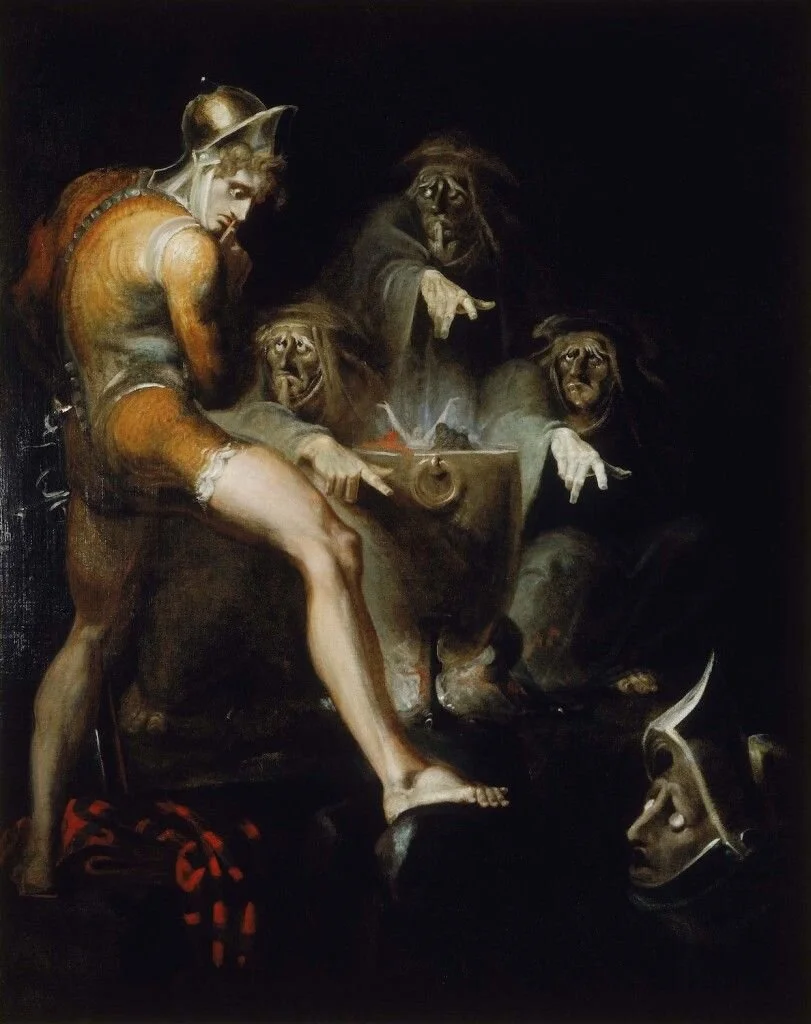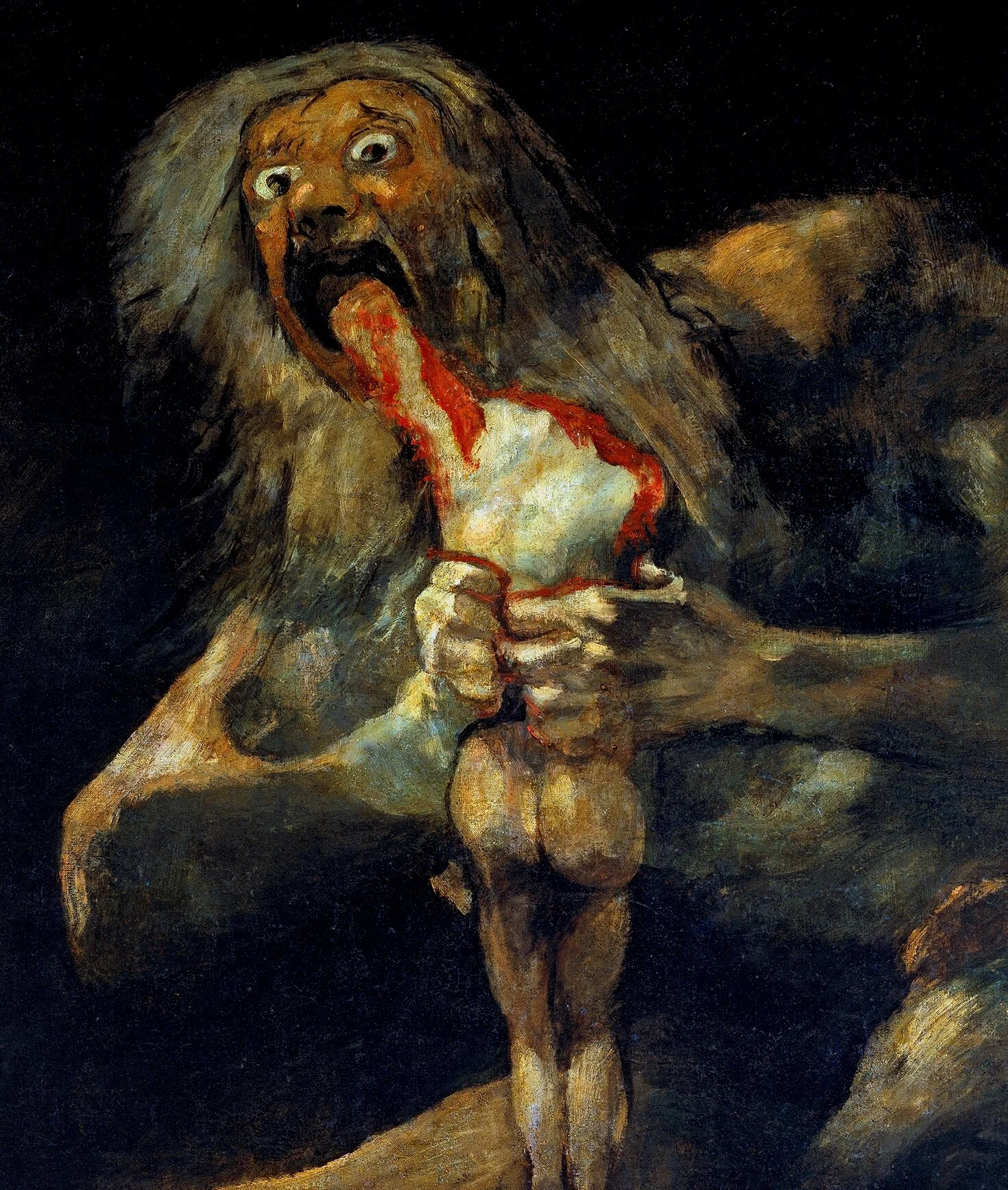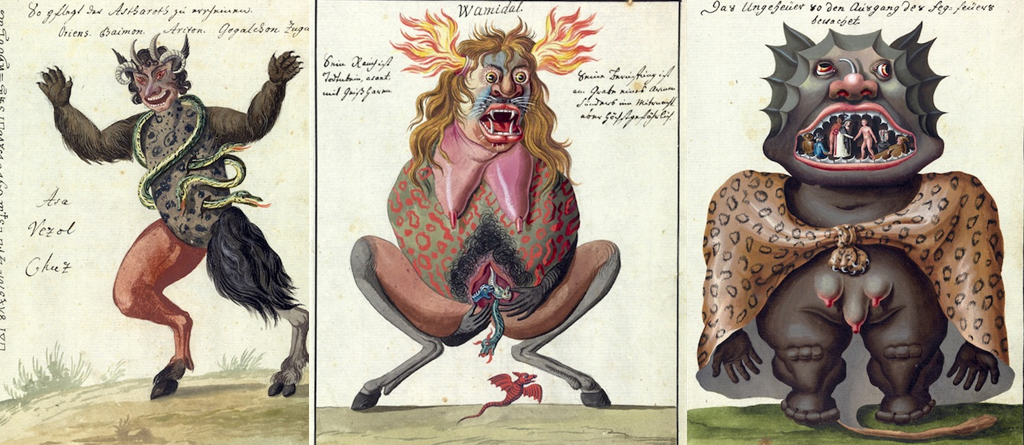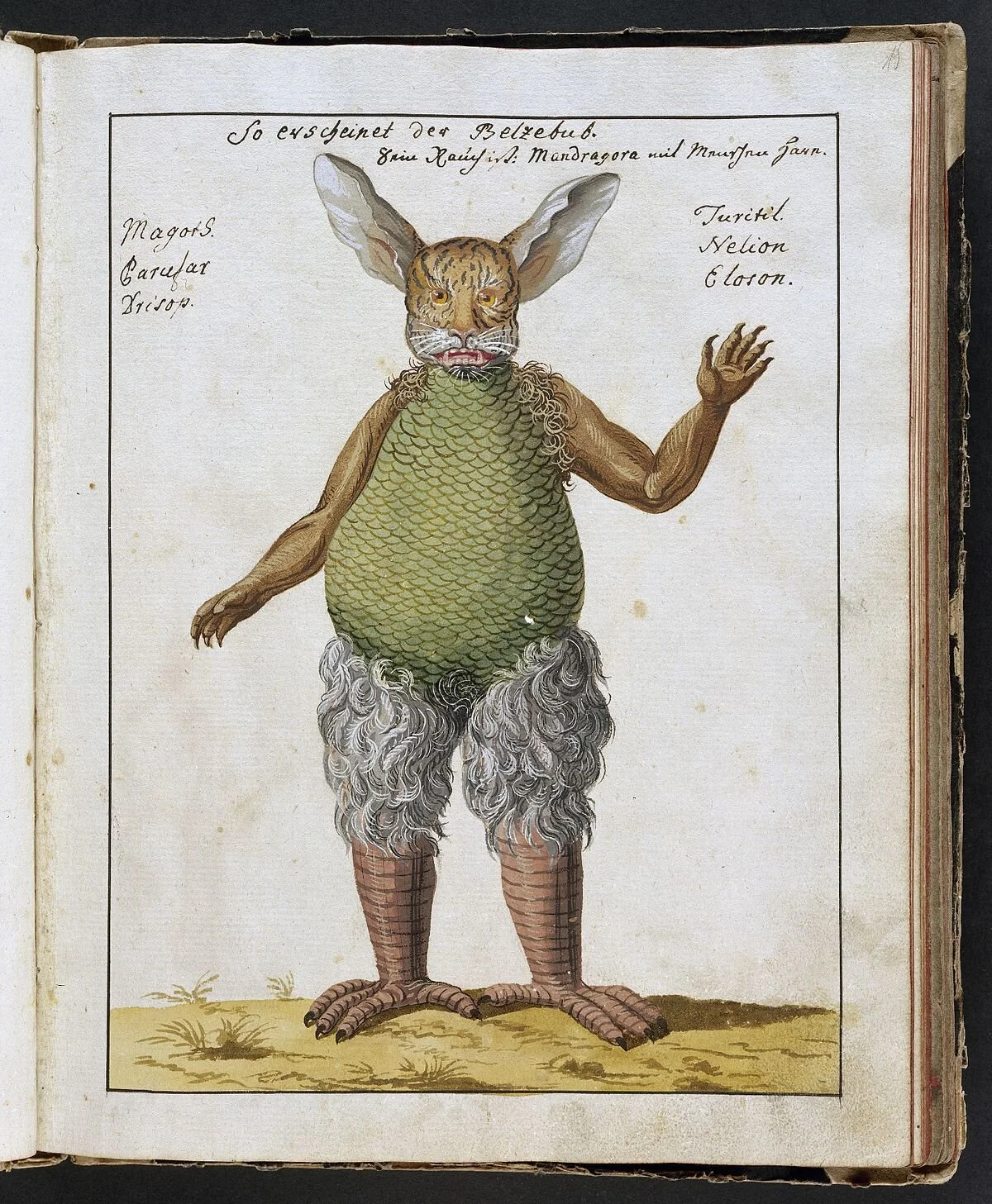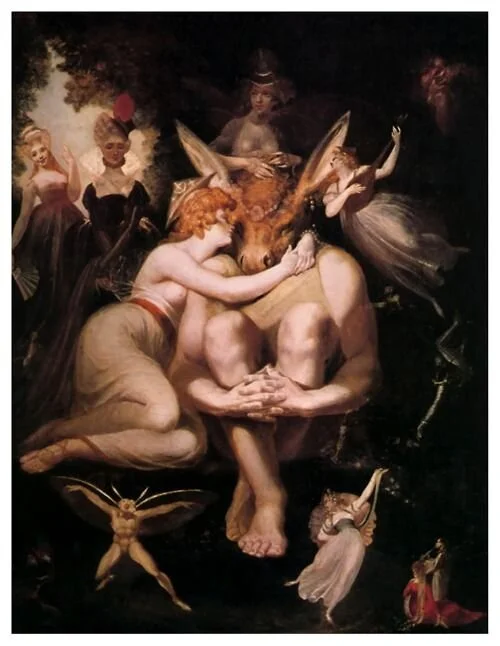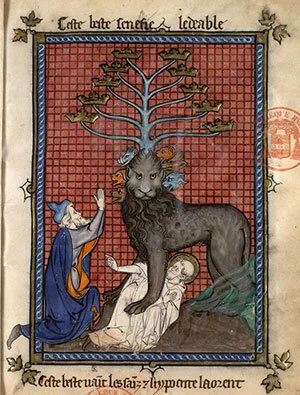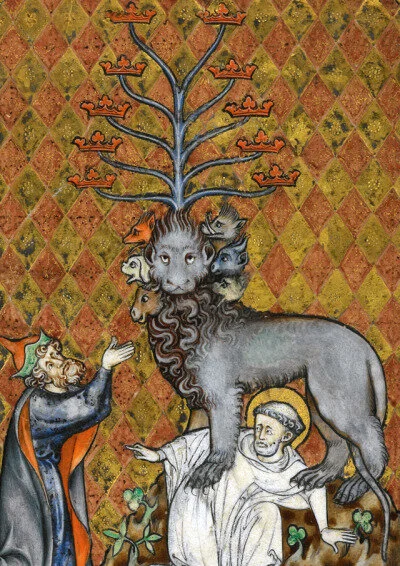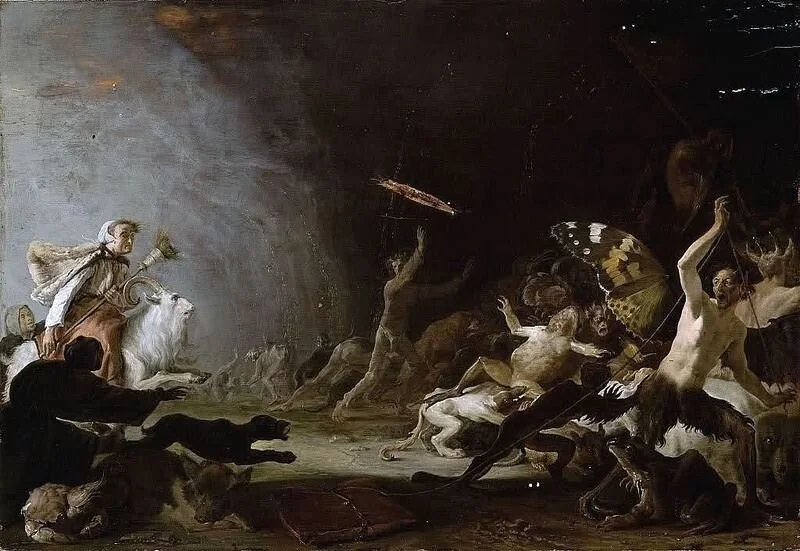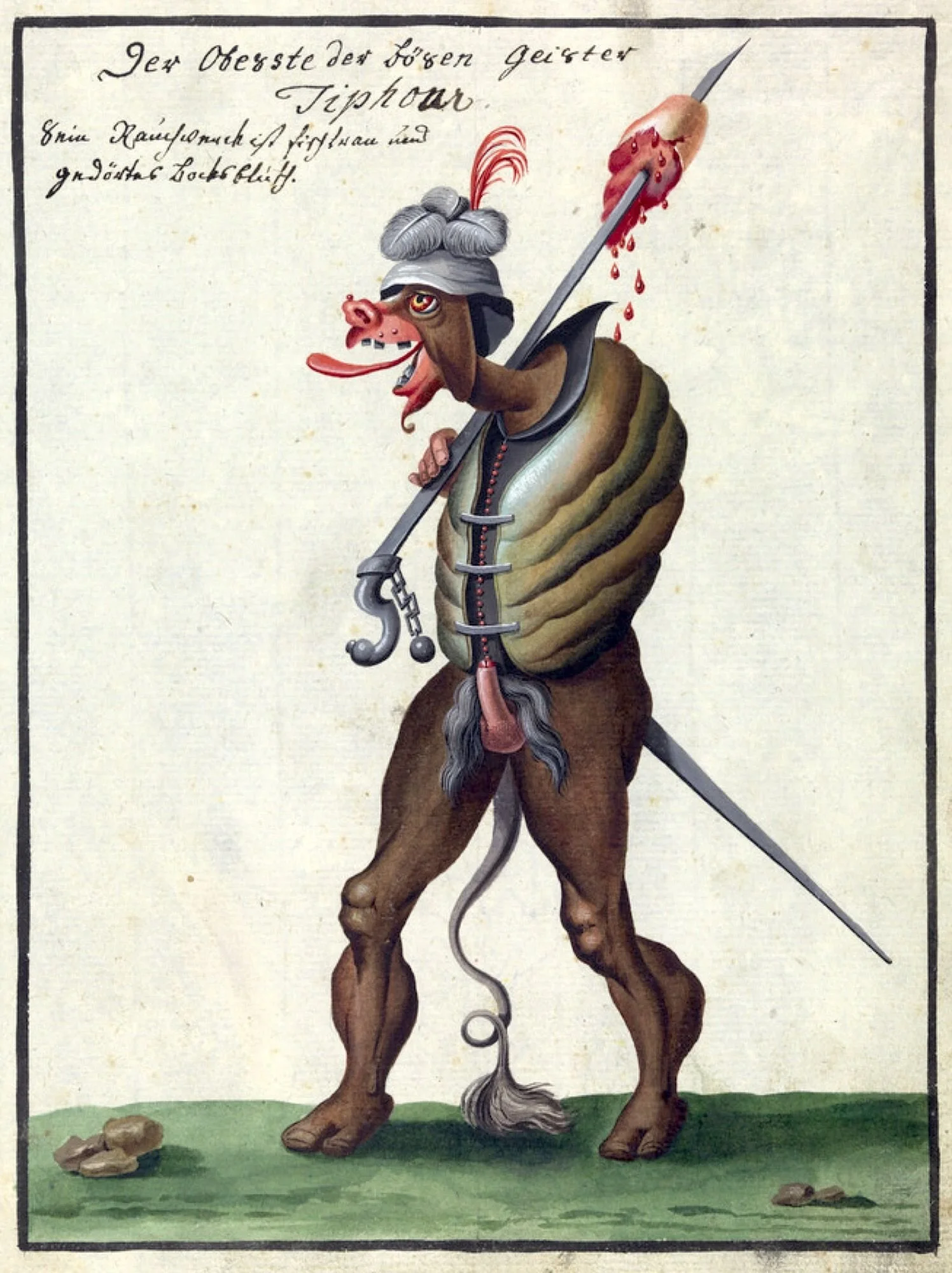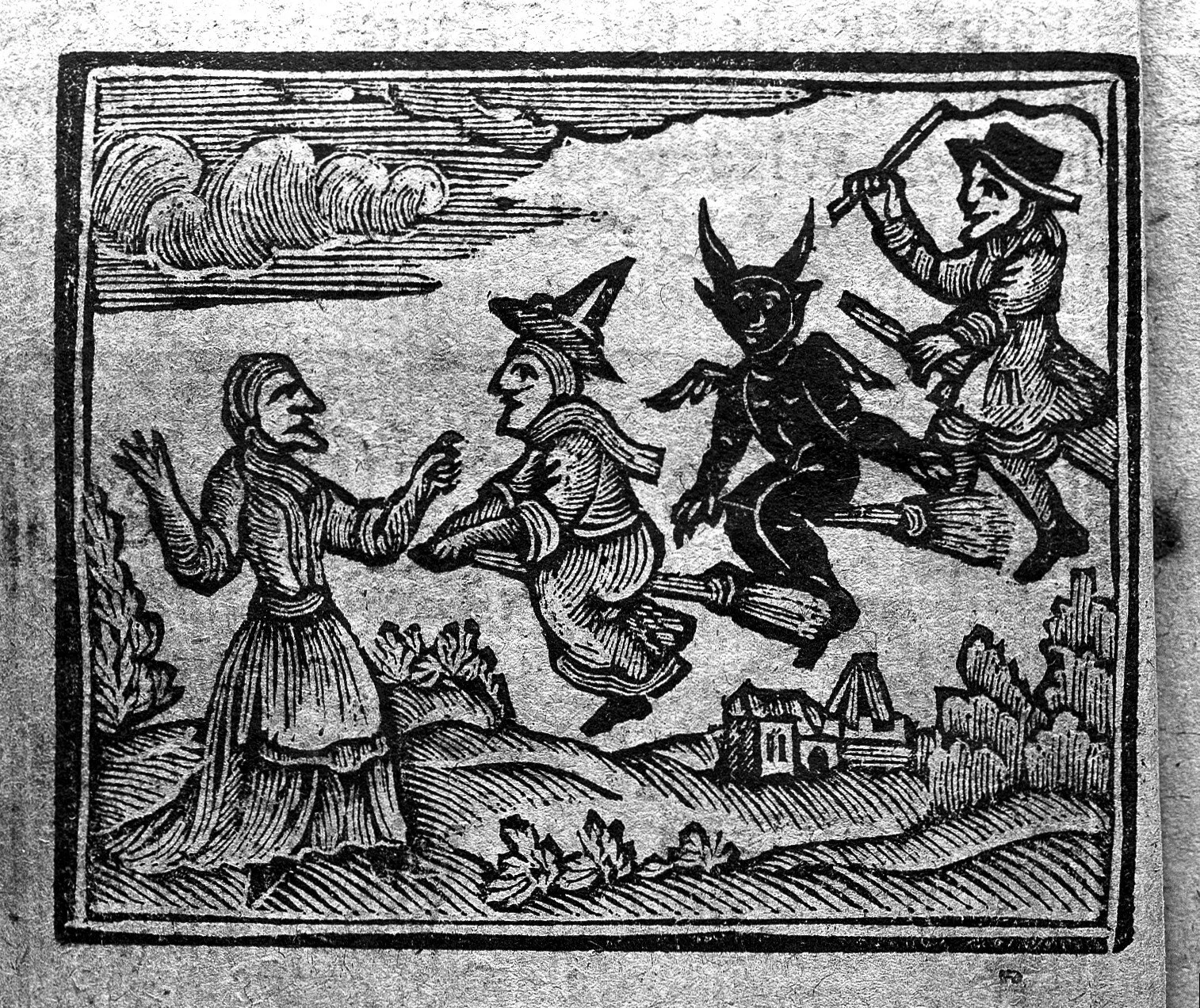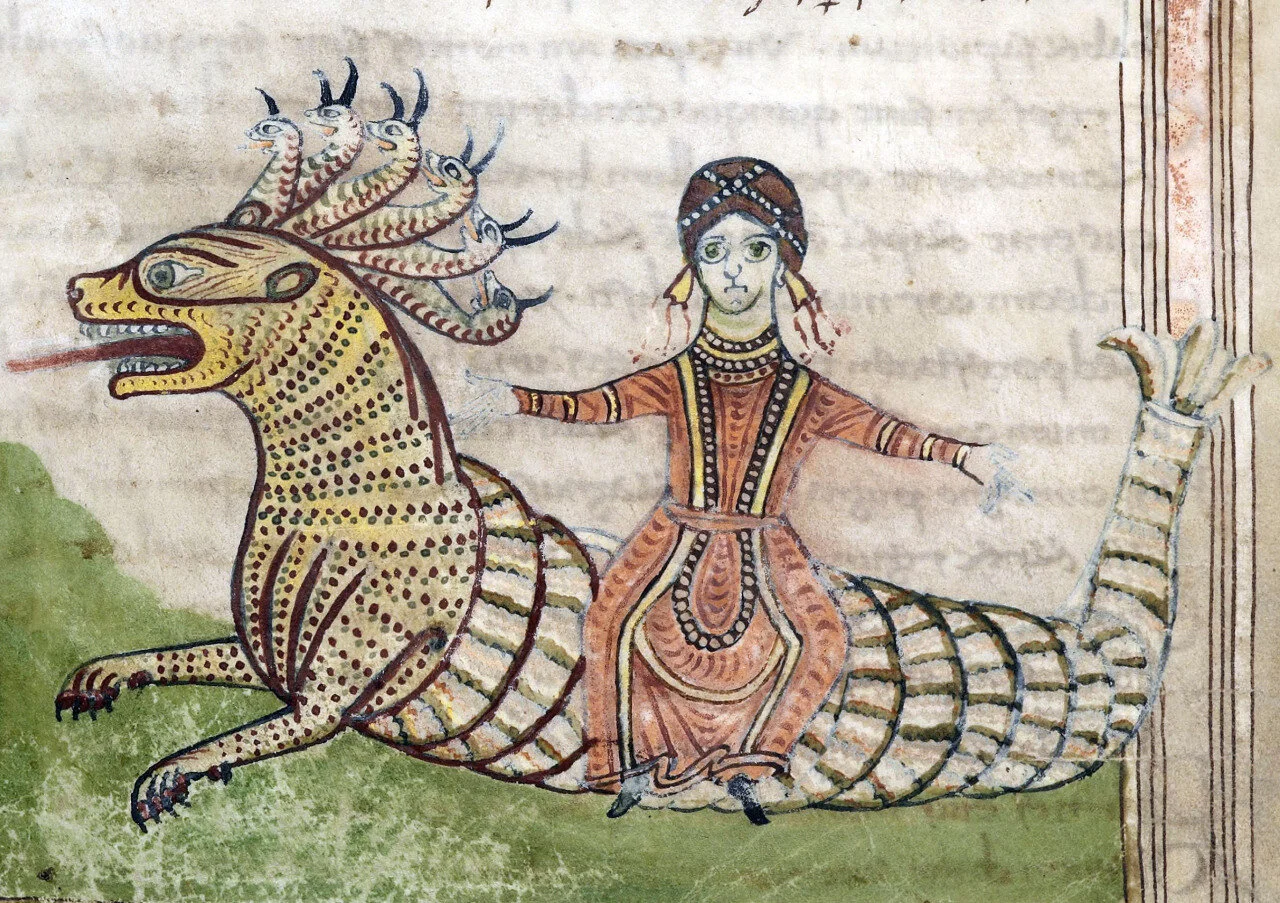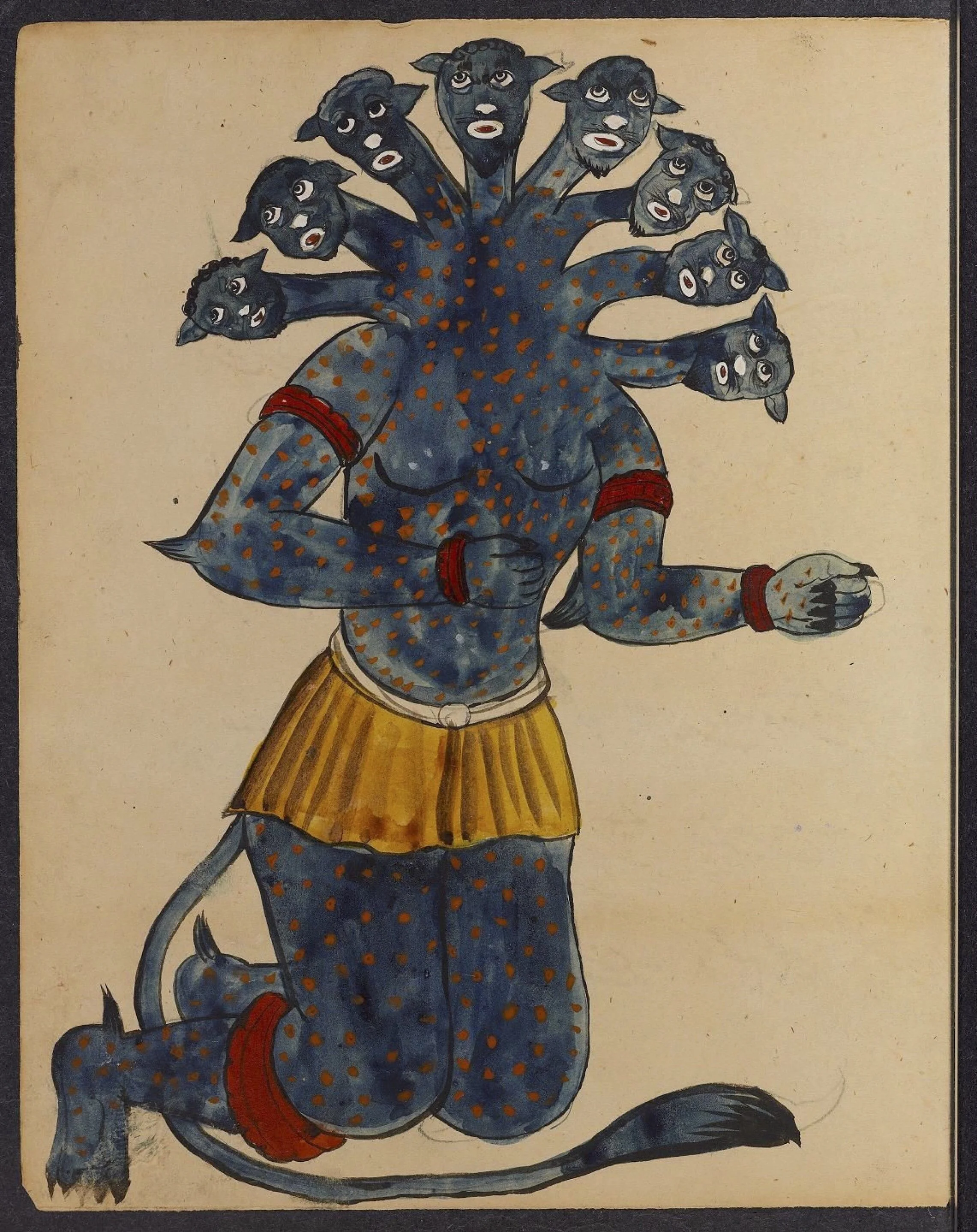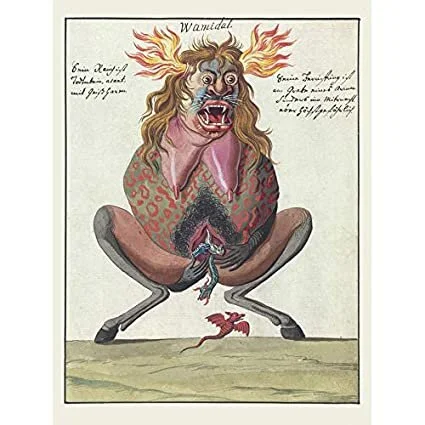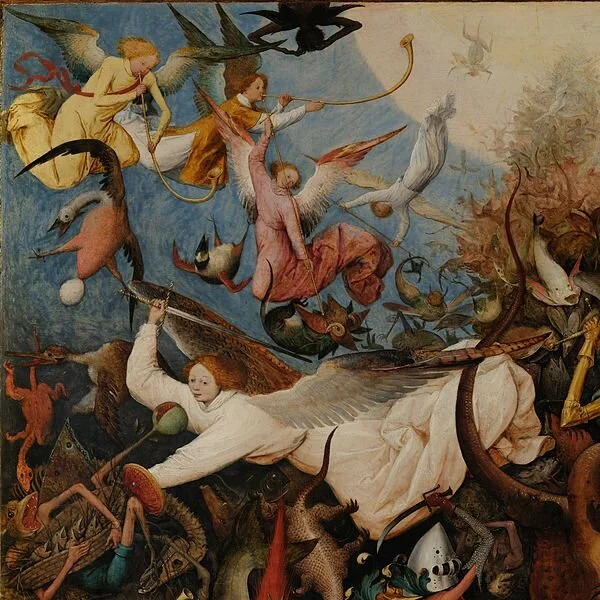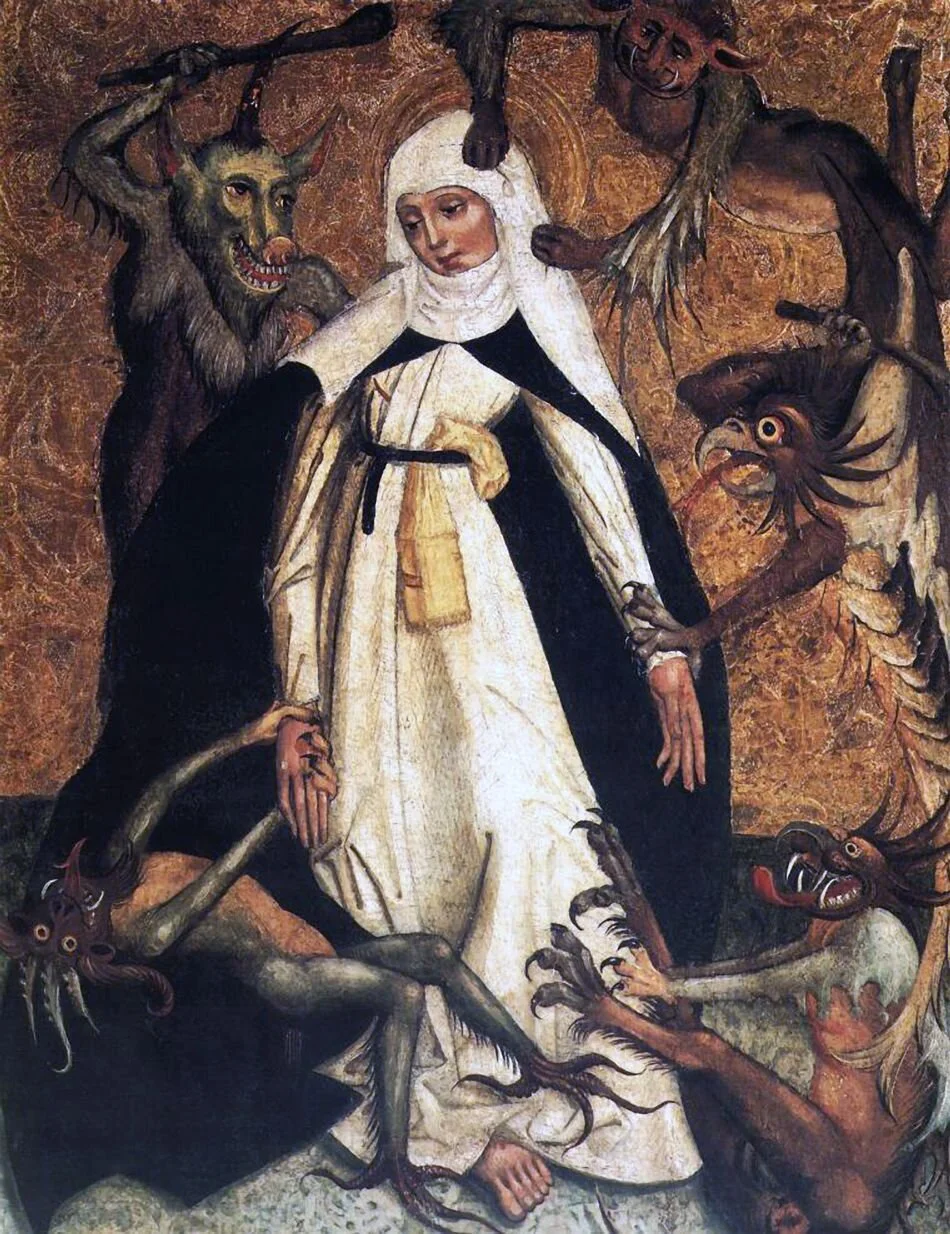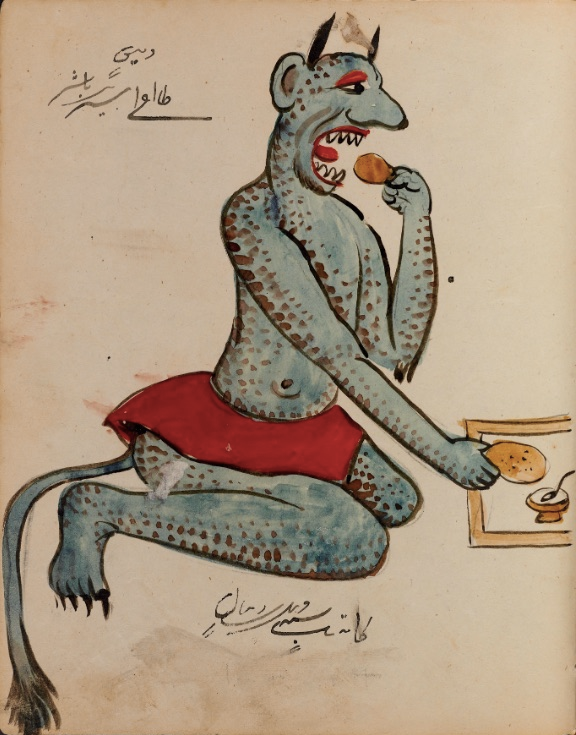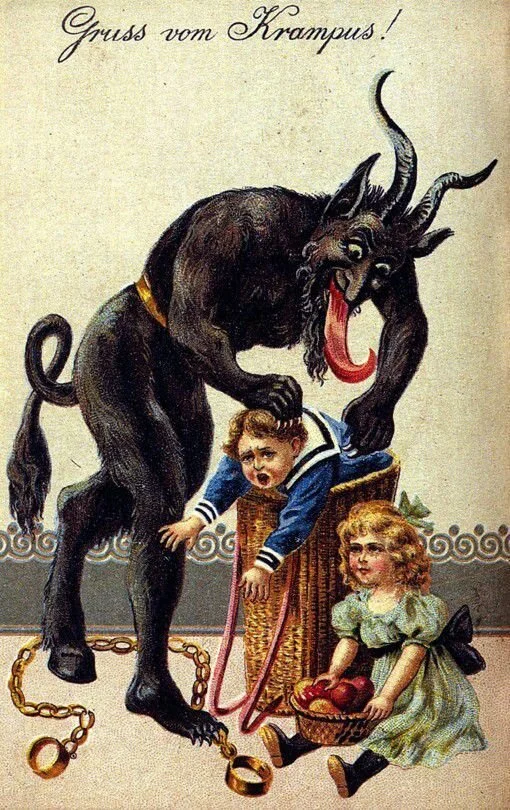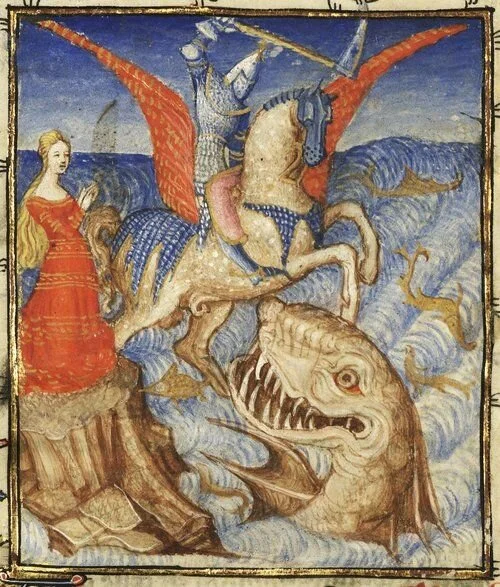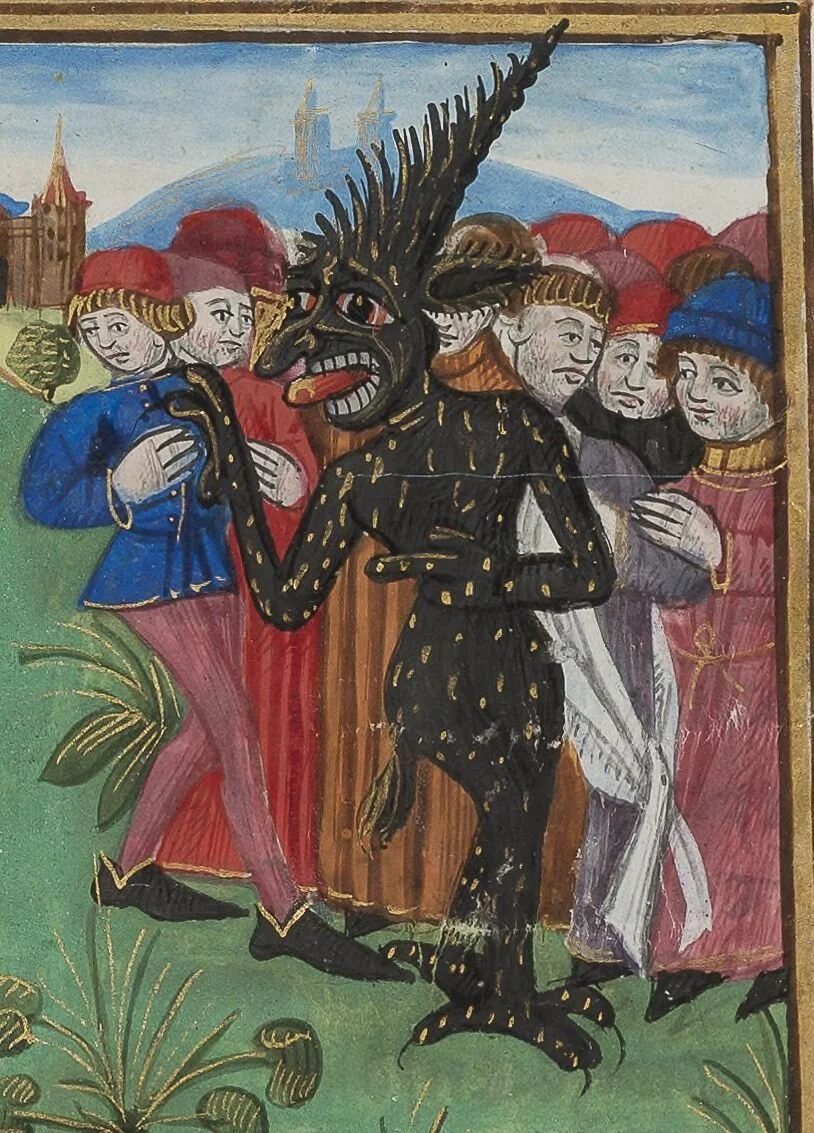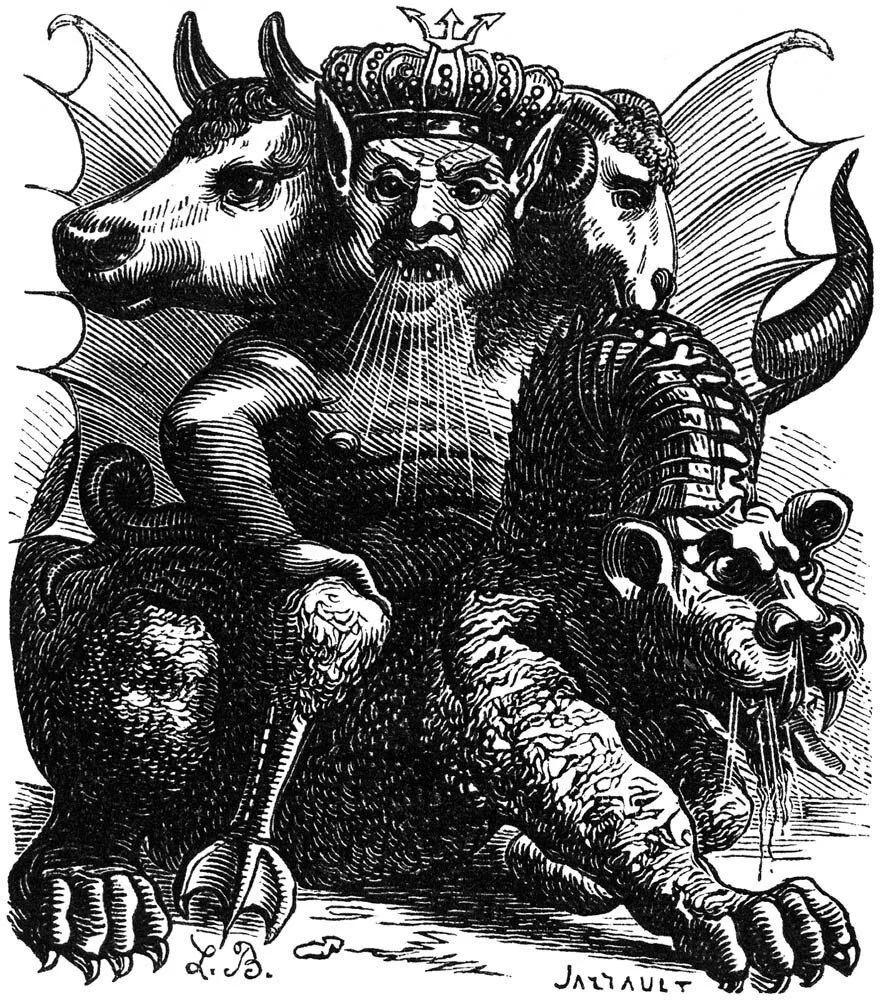“He wasn’t me!”
a SEXUALLY SENSORIAL FOREWARD
I waited to be fucked doggystyle, tautly pressing into the floor as pungent aromas of fecundity and sweat poured in. Roaring, white noise of static wind turbines blew from the speakers overhead as I slithered like a stealthy vampire, lurking in an abyss of monsters and demons. Cherry bloodbaths of light flooded the room as ethereal tones reverberated; crickets chirped melancholically and a seductive, electric guitar strummed away. Appearing as bleeding brawn scantily clad in black, I arched my lower back and opened my ass with a yearning thirst, like the erectly stretched skin flaps of a basilisk lizard hissing out of aggression. I imagined frothing semen concealed within my full cheeks, as I sprayed the stink of potent pheromones on my voyeurs as a feral animal captively bound. I relentlessly gyrated as knee pads swirled into the rubber floor, squeaking like metallic clangs. My weighted bottom and thick thigh meat jiggled off the bone, a buoy bobbing vigorously in a bottomless, black sea.
Submitting, I brutally received the choke and thrust of an invisible other—something/someone that is different, unknown, or outside of oneself—quaking savagely, I concentrated on a wicked penetration … taking it like a good boy. Phallic lariats of silky, white rope littered the stage, as sagging cords hung from the ceiling like flaccidly dripping, limp penises. Three industrial stools were stacked on one another, engulfed in pounds of sex-bondage braiding, thick-knotted, geometric configurations gleaming in the light. These tethers poured from the stool legs, reaching outward in kaleidoscopic formations of ivory webbing, like confetti intestines spilling from the underbelly of a satanic beast. As a tenderized bag of fuck-meat, I energetically screwed my crowd with transgressive behavior, transforming the space from concert hall into a blackened, pornographic underworld. I stimulated the room with the rub of my genitals, horny in my skin, attempting to attract a man-handler, a sexual partner, a dominant plaything … a fuck-mate.
“I dine once a day at 5 p.m., mainly on fruits and vegetables.”
Saturn Devouring His Son, detail, 1819-23, Francisco GOYA - Romanticism
“My costumes? That’s a protest against having worked as a model for the Establishment, believe it or not. A lot of models feel that way. Sometimes their lives are protests against having worked as models. Besides, I didn’t have time taking care of mother to get out and buy any clothes. So I used what was left of mine and mother’s in the attic.”
a PERSONAL, SORDID HISTORY
My personal history is a sordid one, echoing the pain, trauma, despair, hope, resilience, and beauty of the desperately mad and sadly romantic artists who inspire me, like Herko and McQueen. Since the age of fifteen, I have been sexually active, explicitly and promiscuously so. I have always been a wild child; a worshipper of sex, sin, grit, grunge, glamor, drugs, dance (professional/go-go/night clubs), and rock n’ roll. When I was younger, pre-coming out, I sought to continue navigating through life normatively and hopefully emerge unscathed. I was raised as a relatively good, Presbyterian boy, who vacationed at Bible school and Triple R Ranch with my adopted cousin. I was engaged in a constant struggle with religion and sexuality. Since the age of twelve, I felt being gay and loving God were incompatible. This left me feeling lonely and unsure of myself. I used to cry quietly while sitting on the floor in the shower, as part of my getting-ready-for-high-school routine. I experienced anxiety attacks as I simultaneously battled manic-depressive-bipolar disorder. I was never suicidal, but extremely temperamental in my charisma; maintaining a reputation as that guy on the dance team and president of the Drama Club. All the surrounding noise culminated in a very loud “coming out” by my mid-teens. When I finally came out to my best friend of five years, he retaliated by saying, “Shut up, you’re gay!” In this case, “gay” was a euphemism for “stupid.” Following that incident, I ripped that metaphorical closet door off its damn hinges.
My greater research process has been an ongoing investigation of heartache, poor judgment, and near-death experiences. These were spearheaded by cocaine fueled nights, excessive drinking, blackouts, and general carelessness—lived excesses. From age fifteen to eighteen, I gave “zero fucks,” a sentiment shared by anarchists and “bad” youths of my generation. I felt lost. My affinity for lawlessness and pandemonium were simply variations of my own feeling of raw excessiveness. My choreographic style is laden with strife-stricken ambiguity and a dark campiness that stems from personal experiences, like the time when I was choked (several times) by an angry boy who was probably questioning his own sexuality. He was a baseball player who I had a crush on. Because of my effeminate, “gay” voice, he took his animosities out on my neck using a forest-green, electrical appliance box, in the weeds of a nearby construction site. With experience such as this, I elaborate on the frustrations letting/not letting go. Overtime, resentments and anger build, and artistically settling up with these sad facts/memories is the only I know how to cope. It is by navigating through the hardships of trauma and disappointment that I create the cruxes for my dramatic and darkly potent works. As a result, the threads of disparity, neglect, and angst have become omnipresent threads throughout my dances.
For me, my identity as a gay man was at odds with the Paul Taylor Dance Company’s heteronormativity; straight relationships washed in the baroque love of Airs (1978) and Arden Court (1981). As stated previously, only glimmers of homosexuality were ever revealed in Mr. Taylor’s works. He was a quiet man; private when concerning his sexuality and aesthetic tastes. I was with the Paul Taylor II Dance Company for five years, where I grew exponentially as an artist and dancer. I shined onstage through my self-sabotage and emotional pain offstage; the work got me through some dark times. Mr. Taylor referred to me as “BAM.” In my audition he said “hire the one with the fire in his eyes!” I was always my rambunctiously flamboyant self in the rehearsal process, but quite often a “straight” man onstage. I am forever grateful to Taylor; he helped shape the dancer and person I am today. His voice and embodied truths live on through my corporeally visceral comprehensions as I seek to experiment with and recontextualize the modern, choreographic goods I inherited from him.
At thirty-three years old, I have become increasingly infatuated with “non-dance,” pedestrian and sexual movement vocabularies. Exploring my own sexual history as a submissive male, colloquially known as a “bottom,” I now utilize an intimate involvement with props. Until coming to Sarah Lawrence College as a graduate student, I had never used props before in dance. Now, they are central to my work, and represent a type of life obstacle, binding, or problem to be solved. I enjoy the rush and the challenge involved with navigating through a dance with not just the use, but the entanglement of choreographic objects. I pose the elements and branches of conceptual muchness (objects, music, lighting, and other facets) as my issue, then I find ways to work around, utilize, and choreograph them. With cottonbrickNEEDle. (2019), I was fixated on truly opening my sexual self to the audience, in order to reveal a dark secret, one I carried with me for roughly ten years. After finishing my bachelor’s degree, I moved in with a combative, dominant boyfriend with whom I shared a debilitating, tumultuous relationship. The process of getting by daily relied on my sexual upkeep and a desired performance to meet his standards and satisfaction. He would police the ways in which I “should” conduct myself publicly and privately, and comment on how I shouldn’t stand like a faggot.
That relationship only furthered an addiction I wouldn’t admit to for years to come. I was a naïve twenty-three-year-old, and he didn’t like that I had a relatively sporadic drinking and drug problem. I liked partying; it was my excess, my escape. Responding to my daily breakdowns and fits of rage, I set out to sabotage the partnership, as a means of coping with the war going on in my mind. I slept with a random man from a nightclub one night. To punish me, the next day, my boyfriend angrily fucked me. Terrifying in his advancements, he choked me as tears streamed down my face, incessantly thrusting with pure hate in his eyes. In hindsight, I realize that it was rape, and that was the beginning of our end. For years, this torrid love existed as an elusive abstraction, a metaphorical skeleton hanging in my closet. In cottonbrickNEEDle. (2019), I aimed to finish the physically sexual task at hand…like a “good boy.” My ex, like many after him, called me that. Today, my excesses have served me well. I am stronger.
“I’m probably absolutely insane to sell [Grey Gardens]. It’s fabulous property, on a private road, right behind the dunes. But I think I’ve had too much of Long Island. I don’t want to go around in a car all the time. I don’t think it’s healthy. But if they see you walking on a road out there, they think you’re eccentric.”
The Nightmare: Oil Painting by Anglo-Swiss artist Henry Fuseli, 1781.
“This is the best thing to wear for today, you understand. Because I don’t like women in skirts and the best thing is to wear pantyhose or some pants under a short skirt, I think. Then you have the pants under the skirt and then you can pull the stockings up over the pants underneath the skirt. And you can always take off the skirt and use it as a cape. So I think this is the best costume for today.”
Hans Memling: Judgement Detail of hell panel, circa 1435-1949.
“Two women can’t live together for twenty years without some jealousy. Not that my voice is better than Mother’s, but she can’t dance.”
18th Century Occult & Witchcraft Selection of Demons
“[Grey Gardens] is oozing with romance, ghosts, and other things.”
Illustration of Beelzebub, MS 1766
Credit: Wellcome Library, London.
“The Libra husband is reasonable. He is a born judge, and no other zodiacal type can order his life with so much wisdom.” God! That’s all I need: order! That’s all I need: an ordered life. You know, a manager. But he’s *got* to be a Libran.”
The Descent of Christ into Limbo
Giovanni Bellini (1431/1436–1516)
Bristol Museum & Art Gallery
“Life is nothing but what you choose: either/or. Definitely.”
Titania Awakes, Surrounded by Attendant Fairies
Henry Fuseli, 1794
La Bête de la mer, Frère Laurent, Somme le Roi, 1295, Bibliothèque Mazarine, Paris.
“Mother wanted me to come out in a kimono, so we had quite a fight.”
Medieval Beast of the Apocalypse, Somme le Roi, 1290-1300c.
“It’s an artistic smash!”
Lucifer and his companions, Livre de la Vigne nostre Seigneur, France ca. 1450-1470
Book of the vine our Lord ~ CA. 1470 - Bodleian Library Oxford
“I only cared about three things: the Catholic Church, swimming and dancing, and I had to give them up.”
“It’s my mother’s house and she owns it. She wanted the people she wanted in it, and she didn’t want the people that I wanted in it.”
Original footage: The master filming of Cleo, Sement. (2020) as museum art installation. Shot in the Bessie Schonberg Theater at Sarah Lawrence College for the Dance Dept...
“What I... What I had felt was in the cards, you know, and I’m tellin’ ya, I’m not gonna spend another ten years with this. You know, I spent ten years with the last.”
DIABOLICAL IMAGES OF HELL AND ITS DEMONS FROM THE 15TH CENTURY
“You know, people are very, very sensitive. No one takes into account how sensitive a person really is… Everybody is terribly sensitive. And other people don’t understand how sensitive a human being is. They don’t understand it. So they run roughshod over everybody.”
…a reversal of all that you perceive in the world of Cleo, Sement. (2020)
“One is a lone woman who hasn’t got much money and she’s fighting to get the same thing she always wanted – recognition as a dancer, singer, and entertaining artist. Here, I’m mother’s little helper, cleaning up after the cats.”
Joseph Glanvill, Saducismus triumphatus, (London, 1700) frontispiece detail.
Shakespeare's Titania depicted by Edwin Landseer in his painting Scene from A Midsummer Night’s Dream, based on A Midsummer Night's Dream act IV, scene I, with Bottom and fairies in attendance.
“My mother doesn’t believe in kitty litter. She prefers boxes and paper. And she’s the cat lover. So you can imagine how I suffer.”
…rural fields of footage to be manipulated and adapted to the surrealistic void of Cleo, Sement. (2020).
“This is the revolutionary costume!”
An 18th-century book illustrates an evil being who populates our darkest nightmares
“My God, my muscles, I can’t do it, I’m tellin’ you! What am I going to do! They’re gone, with this soft life!”
Bamberger Dance Projects - All Rights Reserved.
A polished product of Cleo, Sement. (2020): #1
“That isn’t the point, mother darling.”
A woodcut from a 1720 history of “witches and wizards”
“Oh, go on, what the hell, I worship the Catholic Church!”
A cringeworthy DEMON project.
The Prince of Lustfulness, Asmodeus, was born into the project; wandering the melancholy fields alone, in a purgatory of his own making…
“After mother died Jackie told me she’d hired all these people to renovate the house, but I didn’t want Jackie and Lee to grab the house, so I sold it quickly for mere pennies. The people who bought the house, Ben Bradlee and Sally Quinn, were perfectly wonderful, sweet and kind. There are some nice people in the world, you know, I just don’t happen to be related to any of them.”
Painting From 18th Century Witchcraft Book
“I like anything that is even near show business. I don’t feel well unless I’m near it.”
…Asmodeus takes on new landscapes, traveling nowhere in the unknown dawns and twilights of the moor…
“I can’t stand being in this house. In the first place, it makes me terribly nervous. I’m scared to death of doors, locks, people roaming around in the background, under the trees, in the bushes, I’m absolutely terrified.”
Titania and Bottom, Henry Fuseli, c. 1790
“She doesn’t like the Catholic Church.”
7 different, experimental projects melded together.
…explorations made in barn attics, clay fields, grasslands, and asphalt pathways of stall dungeons…
“Well, I’m going to get naked in just a minute, so you better watch out.”
Satan prodává odpustky. Vyobrazení z Jenského kodexu.
English: The devil is selling indulgences.
Date: between 1490 and 1510
Source: Jenský kodex
“He might as well leave right now, ‘cause he’s never gonna get it. So that’s it.”
…creatures and figures caught in various periods of time; trapped in the in-between spaces…
“It’s very difficult to keep the line between the past and the present... Do you know what I mean...?”
Illustration of a magic beast. Credit: Wellcome Library, London.
“An old person like you?”
...navigating the clay fields, searching for answers that may never come…
“I’m loosing quite a bit of weight but I feel perfectly terrible.”
Whore of Babylon
Apocalypse, Saint-Amand Abbey, 9th century
“You can’t have your cake and eat it, too in life.”
Illustration of Asmodai (MS 1766)
Credit: Wellcome Library, London.
“I don’t think there’s any point in meeting anybody who doesn’t like music.”
…a layered, crucible experience. Medieval and robust.
“He doesn’t want any sex with you.”
“We better check on mother and the cats. She’s a lot of fun, I hope she doesn’t die. I hate to spend another winter here though. Oh God, another winter.”
…and working through a field of torment and kink…
“Horrors! Somebody’s removing the books from my room! Where’d this little book come from?”
Pages from an early-20th-century book of demons from Iran, showing a variety of demons, including the classic monster that licks your feet if they poke through the bedsheets.
Source: Princeton University Department of Rare Books and Special Collections (Islamic MSS, 3rd Series, no 349) (1902) - via Ali Karjoo-Ravary.
“I always took French, but nothing ever happened there. I can read and write in French, but I can’t speak it!”
Driven to a hell-scape territory to fuck to.
“Jackie was twelve years younger than I, and although I was never jealous of her, I never liked her. You know what Jackie wanted? She wanted the house. Yes darling, that’s the truth, and she did everything she could to get it. Then Jackie sent her sister Lee, who I’ve always been absolutely terrified of- I think she’s a big criminal. Lee and her boyfriend came around and started to tear the house down with axes. Don’t go near any of these people for God’s sake, they’re all insane!”
Pages from an early-20th-century book of demons from Iran, showing a variety of demons, including the classic monster that licks your feet if they poke through the bedsheets. Source: Princeton University Department of Rare Books and Special Collections (Islamic MSS, 3rd Series, no 349) (1902) - via Ali Karjoo-Ravary.
“... damn, horrible place in two years! God, if you knew how I felt, I’m ready to kill!”
A manipulation of Cleo, Sement. (2020) takes form in the subconscious of iteration GLADYSS FUCK.
“Yeah, for what, now why? I haven’t got any warts on me.”
Witchcraft & Demons of the Occult, 18th century
Illustration of a monster (Wamidal)
Credit: Wellcome Library, London. c. 1775 Published.
“Mother doesn’t like beer but she does know how to sing in German.”
18th century evil beings; an old bestiary of demons.
“I haven’t got any warts on me!”
…and multiple worlds grotesquely collide…
“No, I’m not ready; I have no makeup on... but things are getting better!”
Christian Demonology
The Fall of the Rebel Angels. 1562. Pieter Brueghel the Elder (1526/1530–1569).
“But you see in dealing with me, the relatives didn’t know that they were dealing with a staunch character and I tell you if there’s anything worse than dealing with a staunch woman... S-T-A-U-N-C-H. There’s nothing worse, I’m telling you. They don’t weaken, no matter what.”
…the she-he-it-they banshee of the moors does their rounds…
“It’s very deep; I don’t know whether you... Well, I guess you’re up to it. They used to have it on all the, uh... I think it was on the high school reading list... “The Marble Faun.”
Pages from an early-20th-century book of demons from Iran, showing a variety of demons, including the classic monster that licks your feet if they poke through the bedsheets.
Source: Princeton University Department of Rare Books and Special Collections (Islamic MSS, 3rd Series, no 349) (1902) - via Ali Karjoo-Ravary.
“Will you eat some liver pate, you kiddies?”
Fucked to fours for no-one; x-rayed through the ass.
“That’s all they’re after! So why don’t you tell him right now? You should tell him right now so I’m not bothered by him.”
Depiction of a demon in Islamic mythology
A drawing of a demon made by Mehmed Siyah Kalem.
(Life time: 14th until 15th)
Persian Zodiac
King Tarish, ruler of all resident jinn. centuries, Egyptian astrological manuscript by an unknown Persian artist. Reproduced from the century persian 'Kitâb al-Mawalid' ('The Book of Nativities').
“I had my cake, loved it, masticated it, chewed it and had everything I wanted.”
…the climax of waiting; the address of nothingness…
“I do terrific dances!”
St. Catherine of Siena besieged by demons, Circa 1500.
“The Libra husband is not an easy man to please. The monotony of domesticity is not to his liking, but he is a passionate man, and a respecter of tradition.”
You couldn’t possibly begin to understand, so why try? This is excess made excellent; deliciousness made in the devil. So, go to my hell.
“I’m not ashamed of anything…my body is a very precious place.”
full cauldrons, Speculum humane salvationis, Alsace - ca. 1400
“If you put lemon with it, it’s all right.”
—————they keep lurking in the daylight and twilight, nay, the settling dusts of blackness...somewhere between heaven and myrthe...but it tastes like bitter saw dust and pornography...I can’t seem to wrap my brain around how big it is…do you mind if I take a breather?
“We were very serious [about the documentary], and we actually thought we were going to make profits. Famous last words.”
Pages from an early-20th-century book of demons from Iran, showing a variety of demons, including the classic monster that licks your feet if they poke through the bedsheets.
Source: Princeton University Department of Rare Books and Special Collections (Islamic MSS, 3rd Series, no 349) (1902) - via Ali Karjoo-Ravary.
“I may die with this diet!”
1900s Germany The Krampus Devil Postcards Poster
Fra Angelico, 1387 – 1455
Hell: tempera on panel — c. 1435 - 1440
“And you can always take off the skirt and use it as a cape.”
“That’s what I’m afraid of.”
The formidable foe who is most certainly a hoe; a medieval whore of boar’s country.
Music by William Catanzaro.
“I’m pulverized by this latest thing!”
Illumanu - 15th century
Paris, France - Bibliothèque nationale de France Français 606
Indian
The Goddess Durga Slaying Demons from the Devi Mahatmya, 18th century
Opaque watercolor on paper
“I’m so sick of that kid! I mean, I have great pity for him and I like him, but...”
…this is the reverse of a fielding confluence...if I start to go insane in the coming moments, you will know why…
“I think my days at Grey Gardens are limited.”
“God, isn’t that awful?”
Devil - Arsenal, MS 5099 réserve, 15th c.
“Course, I’m mad about animals, but raccoons and cats become a little bit boring. I mean, for too long a time.”
AAAAAAAAAAAAAAAAANNNNNNDDDDDDD mmmoreprocessestochewyourfilthybleeding brainintolikeafuckfestsausagepartyatchristmas timebutatapartywithdemonsandnoangels,onlys...
“It’s economical.”
greed, La Somme le Roy, France ca. 1290-1300.
“Get what? Sex with you?”
!!!the magic lies in the makeup of my transformational hell, but i love you still!!! you know this already…
“My impoverishment and the well-publicized run-down condition of the house became a vast public relations problem for Jackie, who in 1968 had married Aristotle Onassis, one of the wealthiest men in the world. I wanted Jackie to buy the place and then restore it without tearing it completely down. She wanted nothing to do with it. Suddenly along came Sally Quinn, the wife of Ben Bradlee. ‘Buy it for me, Ben,’ she cooed. And he said, ‘You must be out of your eff-ing mind.’ But Sally turned on the southern charm and in the end he did buy it, and after a complete makeover the property was featured in Architectural Digest.”
Ancient Indian Art - Durga Kali, late 18th century
“I love the smell [of Grey Gardens]. I thrive on it. It makes me feel good.”
Indian
The Goddess Durga on a Lion from the Devi Mahatmya, 18th century
Opaque watercolor on paper
“And what’s a moth without a flame?”
…pristine and immaculate conceptions of oddity.
“John’s a doll, but his sister’s spoiled silly.”
Ancient Indian Art
Maa Durga as Mahisasurmardini of Alwar style, late 18th century. c/o Prof Daljeet Kaur
“No animals were harmed in the making of this movie.”
“The Marble Faun is moving in.”
Whore of Babylon
Apocalypse, Saint-Amand Abbey, 9th century
“After the movie came out we got a letter from the Maysles that said, ‘We spent a million dollars on the movie and we don’t have any money now and there will never be any money because nobody liked the film and it wasn’t a hit.”
???fun bits and morsels of sex feelings...all semeny and stuff.……………………………………………????????
“They’re twenty years too late – everybody. Or I’m fifty years ahead. I can’t decide which.”
The Death of Cleopatra by Reginald Arthur, 1892 - oil on canvas
“It’s great for national emergencies.”
“But the movie, the movie!”
CONCLUSIONS of a QUEER, EXCESSIVE CREATURE
With a richly woven and complicated tapestry of experience, I have navigated through life’s colorful chaos. As a reckless, capital S-Sinner (nightclubber/wild-child), I have translated my self-induced hang-ups into art forms. A powerful, revitalizing act, choreography has provided me with a healthy outlet; an alternative to bad behavior. Unlike many of my idols and artistic influences, I have escaped death; formulating a not-so-linear path by restructuring the choreography of my life in a twenty-eight-day rehabilitation center at thirty years old. In creating Cleo, Sement. (2020), I pulled from the guts of my fantastically sloppy personal archive. Each unique chapter of the dance was filled with grotesquery and desire; it continually called out against heteronormativity, pressing an importance towards fleetingness, loss, and oblivion.
Cleo, Sement. (2020) upholds these truths and maintains itself as emblematic of my identity. I feel fortunate to have survived my lived experiences, deep and dark, and I am lucky to be able to bring these deviations to the forefront; repurposing pain in my dances. Unlike Herko and McQueen, I was able to reorient my life. In my work, I am led toward a queer futurity; a bizarrely functioning utopia-dystopia of ethereality and self-reflection. In dance, I create idealized places of agency through my performance choices, but the construction of the dance itself also seeks to evoke knee-jerk effects and “a-ha!” moments in the audience. These places of transmutation can enable metamorphosis in performance, proving like Susan Sontag, that in camp and aesthetics of queer excess, there is more than meets the eye.
My evolutions of dance use transgression and conceptual muchness to go beyond. I create dance as a form of relief from this “shitty” world that we live in; to step outside of a prescribed realm of normalcy and let my freak flag fly. Using choreography, created landscapes, artistic sets, and elaborate costumes, I cultivate and curate a creative ministry of defense where I can explore the decadences of hideousness and fabulousness. There is beauty in all of these ugly hang-ups, whether they are self-induced or externally caused. The stage has become my canvas for visceral, dystopian performance spectacles that derive from my experiences. In my projects, I feel that the effects of excessive campiness have allowed me to follow my intuitions in order to claim a position in this world; in order to claim agency and a full autonomy over the queer spaces I create and occupy in performance.
With the massive spread of the COVID-19 virus, and the immediate close of Sarah Lawrence College, the thesis performance of Cleo, Sement. (2020) was performed with my three dancers, Sophia Cutrubus, Sabrina Leira, and Lily Padilla, in front of my videographer Harrison O’Clair and his assistant at the Bessie Schonberg Theater on Thursday, March 12th, 2020. We performed the work with a sense of desperation, loss, and affliction; we all knew something terrible was coming. This state of chaos and overwhelming sense of the unknown placed my mind in a very sad but perfect frame of intention. I stayed in the theater till 11:00pm the night before shooting, suspending ropes from the grid system rafters and placing florescent lamps around the perimeter of the space; immaculately setting up the piece as a MoMa-style art installation equipped with industrial white/blue hues of horizontal light.
Additional footage taken on a 35-acre farm in Manakin-Sabot, VA has been incorporated into the final film project, as a means of applying a rural setting to the mechanical, metallic sheen of the original, master footage. This aesthetic feel continues to dirty the sterile quality of my previous, theatrical stage setting; applying dirt, dust, grit, and glamor-filth to my over-the-top saga project. The thesis is now complete with film-edited abstractions – slow-motion, closeups, speed enhancement, layering, superimpositions, site-specific locations, weather effects, etc. – and a deeper involvement/narrative of the original, choreographic objects. The video now features me as creature-messenger who struts through barren, black fields entangled in the seaweed-like movements of drippy plastics wrapped around my variationally outfitted body. I have incorporated mangled, pedestrian articulations in colonial dress and heels, flailing movements in wet, clay fields with zombie finger articulations, and anthropomorphizing personality traits of the rocking horses, dildos, and doll.
I froze the dance in time to capture it in a state of complete otherness, so it could breathe an original intentionality of “fear and loathing combined with lust” (Jasperse, 2020). With the added, additional footage, the work is emulative of a whimsical nightmare that juggles the surreal realities of a gay, tormented nightclub-factory and a thriving, dystopian limbo. I hope for this piece to exist as a driving abstraction of sinful desires, and an aversion from historical, personal trauma alongside the world’s seemingly collapsing exteriority. Now, the dark and phantasmal integrity of the work will never be lost as it has been expanded upon and excavated more thoroughly onto a section of my website. I have produced twenty-plus versions, variations, and iterations of the newer and original footage, all ranging from six to thirty-six minutes. The related projects have been created in an eerily stylized manner where consistent quotes from Grey Gardens (1975) narrate the newly amorphous, pagan layout. The text paradoxically threads together the glossy, experimental films with works of art that portray fancifully grotesque imageries of demonology/witchcraft (13th century to 18th century) from European and Eastern backgrounds. The intention is to create an abstract thread of coherence that brings absurdity, spirituality, and religion further into a conversation on internalized strife and sacrifice. This dives deeper into the psyche of the many faces of Cleo, Sement. (2020).
In this current social climate, amid the hysterical health crisis, this dance (for me) stands as a beacon of hope for what is misunderstood and overlooked in this world. Cleo, Sement. (2020) rises like the phoenix from the ashes, calling out with shrill cries against impending doom. The piece beckons towards a lost love, honoring a longevity and commitment to experimental dance. It works tirelessly through modes of trauma that yearn to be witnessed in the glory of righteously agential embodiments. There is a visceral need for the conveyance of desperation in my dances; an offering of the self that is especially evident in this work. My thesis project was made possible through my transgressions, and I have carried the dance successfully to its end through performative excessiveness and overarching ideas of conceptual muchness. These conceptions have spear-headed my actions as the fearless doer of my doings; and only I can get it done. In my performance-based constructions, and most importantly, Cleo, Sement. (2020) I echo the words of Daniel Lismore who, like Alexander McQueen, lives his fashionable life in the aesthetic of conceptual muchness: “The only rule is that there’s no such thing as too much…more is always more.” (Lismore quoted in SCAD FASH 2016, 22-23).
“Do you think my costume looked all right for Brooks? I think he was a little amazed.”
Michelangelo Merisi da Caravaggio created two versions of Medusa - one in 1596 and the other in 1597, depicting the exact moment she was executed by Perseus.
“I told her not to come here. I thought she’d upset my act.”
I WANT TO SOCIAL DISTANCE THE FUCK OUT OF YOU…but, with another fuckable iteration of a fantastically fantabulous and ambiguous nightmare landscape...
“Of course. Wouldn’t you?”
“ I haven’t been able to find it.”
Jacob de Backer: Last Judgment, c. 1583
“No, no, this is the revolutionary costume! I never wear this in East Hampton!”
...hi honey, eat my flower dander and pollen because it secretes so nicely from my backside - oh, and I thought you wanted me to back up into you aggressively, but with thoughtfulness and sincerity? No? ...too bad, just take me for the carnal baby that I am then, I suppose. With that said, I have made this reversal of social events for you...and you only...you silly man kid. Enjoy.
“Do you think I’m gonna look funny dancing?”
Asmodeus - Ἀσμοδαῖος, Asmodaios, Ashmedai, Ashema Deva - A Prince of Demons: as depicted in Collin de Plancy’s Dictionnaire Infernal.
“What’re you doing down there? You staying there?”
-------the most final iteration of dreamscape to exist in an imagined world of blood, gravy, and gristle....----------------------------------------------------------------------—-————————————————————————-yum.
“It’s not awfully good.”
Henry Fuseli: The Night-Hag Visiting Lapland Witches, 1796
“It’s the worst thing that ever happened to anybody in America!”
Henry Fuseli: Thor Battering the Midgard Serpent (work for the Royal Academy), 1790.
“Horrors! Somebody’s removing the books from my room! Where’d this little book come from?”
This is perhaps one of my most beautiful nightmares yet. Please enjoy it as it may be my last time ever to share with you such a thing of unbridled torment and euphoria. Despair is rich in decadence with cloven feet and swirling goat horns. Enter stage right, the demon prince of lustfulness, Asmodeus. This of course, comes with an immense passion from yours truly...love Hank and Cleo, and all of the other, forgotten ones...the dark horses and unicorns of the surreal unknown...who may have escaped from the ice prison of Tilda Swinton's clenching grips...we are still here.
“I only mark the hours that shine.”



